 By: Luis Arciniega
By: Luis Arciniega
How many people do you know that follow the same route to go from their home to their work place? Or that despite the fact that they renew their wardrobe frequently it seems that they always wear the same clothes? Or those that when they are informed that to make a process in their company a new procedure has been implemented, immediately get furious regardless of the fact that the change will save time and work? Certainly more than one person close to you shows this kind of behavior. However, it is curious that if you start thinking about their ages, they will be people that need more than two puffs to blow out all the candles in their birthday cake; you will also be able to identify cases of individuals who never let go of their laptop and their handheld device to go everywhere and that nevertheless they frequently display the behavior described above. An interesting thought would be to start thinking about the common denominator that characterizes these persons: a personality trait? their genes? their education?
It has recently been suggested that persons can naturally be predisposed to resist changes. All human beings have a greater or lesser degree of this natural opposition to anything related to change. This psychological variable called Dispositional to Resistance to Change (DRT) is not simple, it has different dimensions that may or may not appear simultaneously. The four heads of the monster have their respective first name and last name: routine seeking, emotional reaction, short term focus and cognitive rigidity.
The routine seeking refers to the trend people have to try to set patterns in everything they do, in order to reduce uncertainty and minimize their stress. Some descriptive behavior of this facet could be exemplified in a person who every day at 13:25 hrs. sharp closes his desk, goes to the restroom and from there takes the elevator to go to have lunch, enjoying in advance the fish with mashed potatoes – the dish that he normally eats that day of the week – dressed in his blue suit with light white lines – the suit that he repeatedly uses on Wednesdays-.
The second facet of DRT is the most affective of them all and it has to do with the negative systematic reaction of persons before everything that implies a change. Everything that is related to a change, regardless of how simple it is, will automatically generate a reaction of nuisance in the person and shall be accompanied by clear negative gestures and, of course, of verbal expressions that state the person is upset because of the change. This may go from something that is as elemental as facing a new security provision in his company, to having to pass his ID card chip by the entrance turnstile, park his car in a different slot in the parking lot, up to something that is more important, as could be a change in position. This DRT dimension is called emotional reaction.
The short term focus is related to the persons being set on criticizing and stating their inconformity and being upset with all the negative issues the change will generate in the short term, instead of visualizing all the benefits it will bring once it has happened; for example, being involved in a 14 month project, in which the migration of the use of 80 unrelated systems to an integrating platform such as an RP, will take place. The employee is more worried about the many meetings and extra hours he will be involved in during 14 months, than in all the time, effort and stress the RP will save him, after it has been implemented.
Cognitive rigidity has to do with the lack of flexibility of people to think and accept new ideas, methods or alternative ways of doing things. If the words stubborn or fool have crossed your mind it means that you have properly understood what you read in this fourth dimension.
It is very likely that any reader with a transcultural mentality will immediately think: how universal can these dimensions be and, on the other hand – in line with the fashion of comparing our productive future strength with that of other nations -, how resistant to change are we Mexicans versus other inhabitants of other regions of the planet. Unfortunately, since the appearance of the PISA study in 2002 (comparative study made by the OECD), we live with the shadow of appearing always in the last places, in work skills competences required in the current world by organizations. That is why the last question is twice as interesting, since if companies demand collaborators with low resistance to change, what kind of people joins the productive force of our country.
In order to answer the questions posed, herein below is a brief description of the results of a couple of international studies made of 4,201 young Administrative Economic Sciences college students of 17 countries who today are part of the productive force of the planet. The Mexican sample was formed by 265 students from three different universities, one in Merida, another one in Tampico and a third one in Mexico City; the first two are public universities and the last one is private.
Table 1 Comparative Table of the Disposition to Resistance to Change in 17 countries (1)
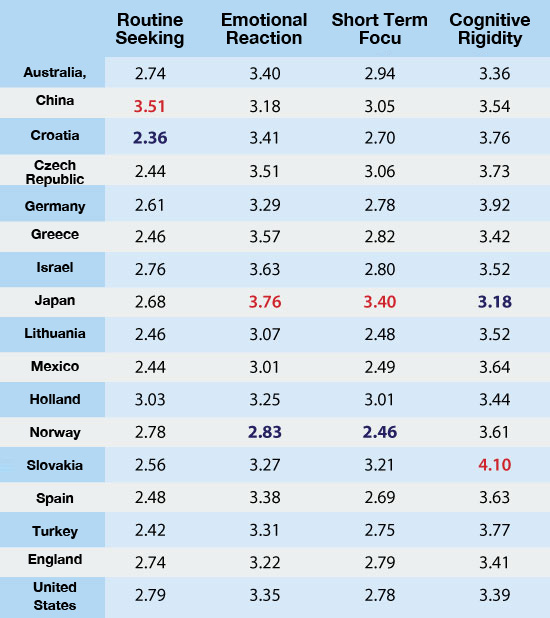
The bold numbers in red reflect the higher mean, while the bold in blue the lowest. This table was prepared with data collected by a researchers’ team in 17 countries. See references: Oreg, et al 2008 and 2011.
On the first question – if the four DRT dimensions or facets exist or mean the same thing in different cultures – the answer can openly be yes given that both studies used multivariate vanguard statistic techniques and reveal that the four dimensions are clearly identifiable in the 17 countries and that they have similar meaning. To do the above, a questionnaire meticulously adapted to 14 different languages, Spanish being one of them, was applied.
Regarding the second question, the table of results the mean of each of the 17 countries samples in each of the four facets of DRT is reported. In all cases the score is between 1 and 6. It is important to note that the higher the average, the higher is the disposition to resist changes. As can be seen the Mexican sample together with that of the Czech Republic had the third lowest average in routine seeking, while the China sample had the highest mean and Croatia the lowest
México also showed the second lowest average in emotional reaction, while Norway had the lowest average and the Japanese simply the highest. Regarding the short term focus, the Mexican sample had the third lowest place, only beaten by the Lithuania and Norway samples. Also see the difference with Lithuania, it is only one hundredth and with Norway 3. At the other end the Japanese sample obtained the highest mean of the 17 countries.
Finally, in cognitive rigidity the Mexican sample won no medals as it was ranked number 12, and had the sixth highest average amongst the 17 countries.
Although the OECD studies show that in reading comprehension and analytical numerical reasoning competence, Mexico has a labor force with significant formative deficiencies, and the results of this study somehow reveal a positive panorama for all the managers and directors who have collaborators reporting to them. Our university students have a low predisposition to resistance to change as compared to other nations, both developed (Great Britain, Japan, and Germany) as in developing countries (China, Turkey).?
References
Arciniega, L.M. y González, L. (2009). “Validation of the Spanish-Language Version of the Resistance to Change Scale”. Personality and Individual Differences, 46(2), 178-182.
Oreg, S., Bayazit, M., Vakola, M., Arciniega, L., Armenakis, A., Barkauskiene, R., et al. (2011). “Measurement equivalence of the dispositional resistance to change scale”. En E. Davidov, P. Schmidt, & J. Billiet (Eds.). Cross-Cultural Analysis: Methods and Applications, pp. 249-278. Nueva York, NY.: Routledge
Oreg, S., Bayazit, M., Vakola, M., Arciniega, L., Armenakis, A., Barkauskiene, R., et al. (2008). “Dispositional Resistance to Change: Measurement Equivalence and the Link to Personal Values Across 17 Nations”. Journal of Applied Psychology,93(4), 935-944.

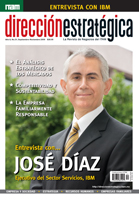
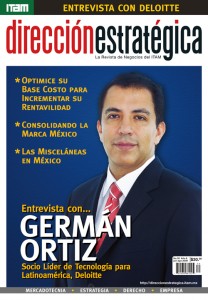
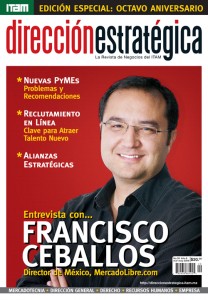
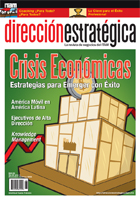
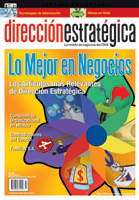
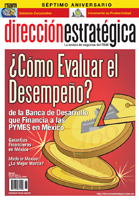
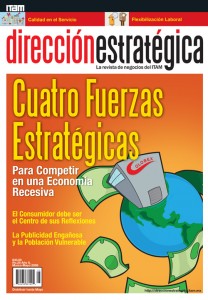
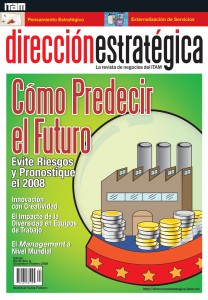
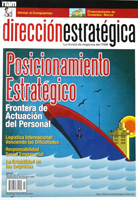

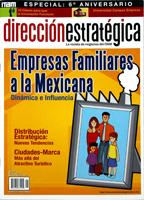

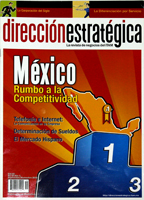
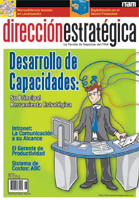
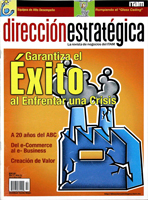
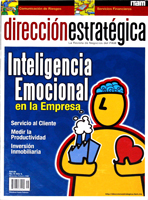
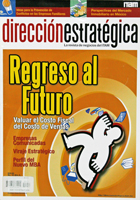
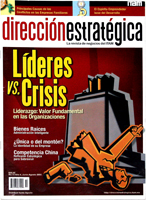
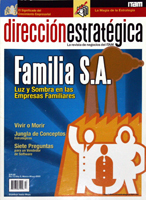





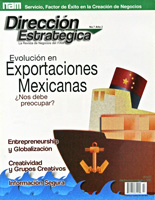

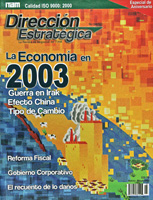



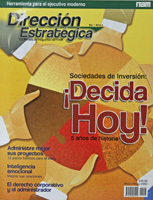
2 Comments
Importante mencionar que una compañia o empresa sin clientes no puede sobrevivir, por ello es que las empresas se centran en el cliente y alcanzan el exito utilizando esta estrategia de Customer Relationship Management,el cual consiste en la primera y mas importante decision estrategica de negocios. Refiriendome al caso considero es conveniente realizar cambios en la vida ya sea a nivel laboral como tambien personal, ya que pueden aparecer algunos sentimientos positivos como: el entusiasmo por la posibilidad de un futuro mejor, la liberación de los problemas del viejo orden y las expectativas de crecimiento o consolidación personal. No debemos poner resistencia al cambio ,ya que este mas que un riesgo es una oportunidad de crecimiento viendolo desde el punto de vista pósitivo, muchas personas se oponen a el por varios factores: por que no conocen y no se les da suficiente informacion acerca del nuevo cambio ,otra es por que sienten que no van a poder con el mismo pero es por la costumbre de realizar las cosas como se venian haciendo desde hace mucho tiempo atras y por ultimo por que piensan que no va a dar resultados y por que no quieren ya que les da pereza comenzar nuevamente a aprender el nuevo procedimiento de realizar equis funcion en su puesto de trabajo o sienten que es dificil de aprender , ademas de que como lo venian haciendo se sienten comodos y a gusto y aparte de que van con ese pensamiento negativo que es sobretodo el que no los deja ver que sera un buen cambio en algunos casos el que se esta haciendo y para bien de la empresa e incluso de los mismos empleados. Para tener un buen equipo de trabajo de la cual no se resista al cambio que la empresa les solicite es importante agregar que la misma debe de asegurarse de que, en definitiva, todos conozcan los beneficios personales que les deparará el cambio, apartir de una visión global, sistémica, que ordene el cambio y la secuencia de definiciones; se debe de asignar a todo el mundo una función, y hacerlos a todos partícipes del cambio, dar a la gente información precisa sobre el cambio y su secuencia,comunicacion, comunicacion y comunicacion es una clave de exito para el cambio, obtener y exhibir éxitos rápidos que motiven a los individuos a seguir adelante, pero no declarar victoria con la primera mejoría, permitir que la gente guarde su pasado con orgullo y no con culpa y por ultimo y muy interesante definir claramente lo que ha finalizado y asegurar que la situación anterior termina definitivamente , lo que resulta vital por ende que se tiene que dar señales claras a toda la organización para tener en exito en dicho cambio a realizarse.
En general creo que las empresas siempre presentan este problema; es dificil hacer los cambios cuando parte de tu personal se resiste a ello; mas aún es dificil implementar nuevas estrategias porque siempre te dicen “Es que antes se hacia diferente y daba resultados” por lo tanto entiendes que obviamnete no quieren cambiar, y es complicado crearles una cultura de innovacion o mejora continua, pero no imposible; si demuestras que el cambio traera beneficios para todos, las cosas cambian, de esta manera se obtiene el GANAR-GANAR.